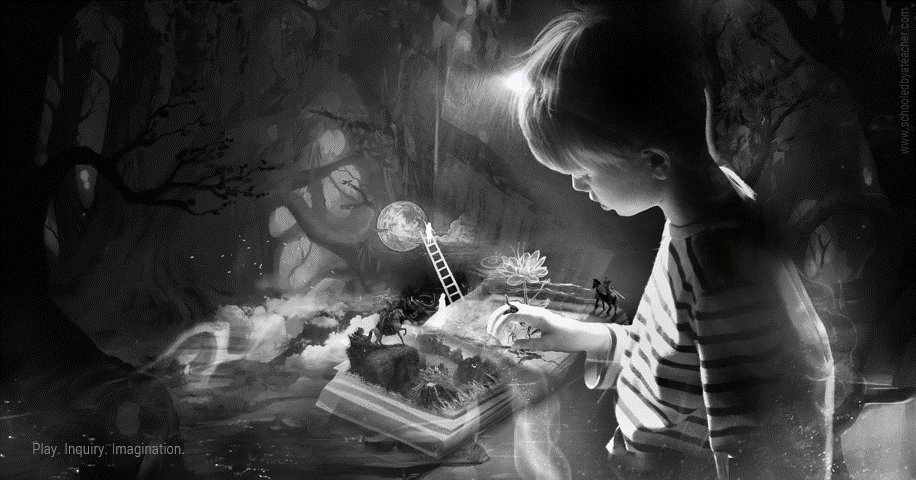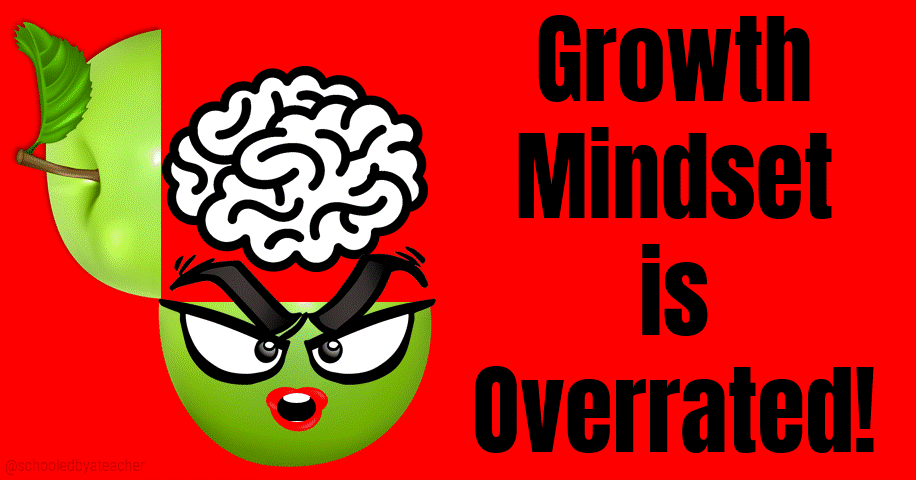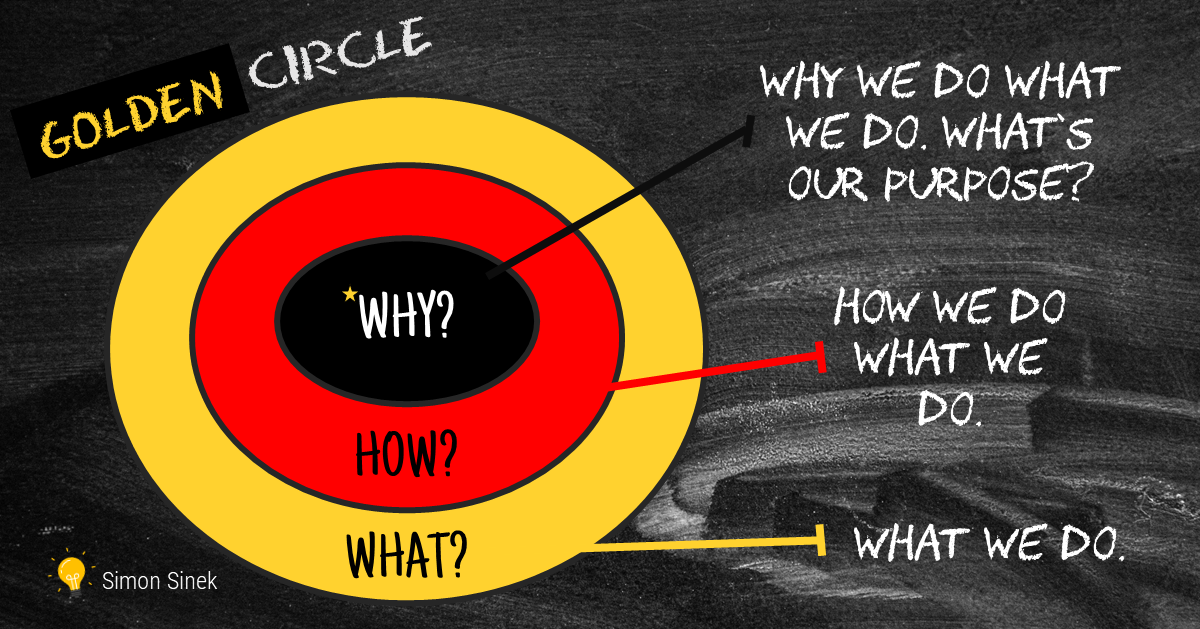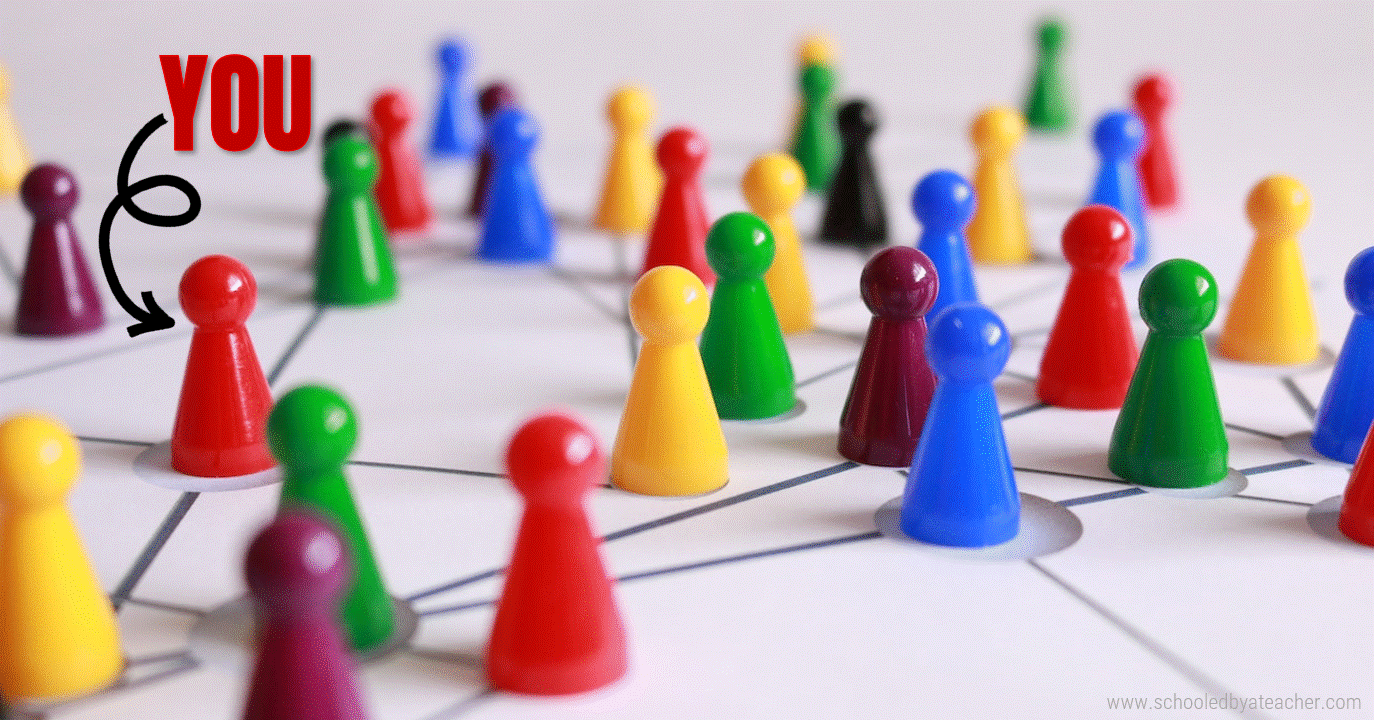A Bridge Between Two Worlds
Bridging two worlds is a phrase that can describe both the challenge and the opportunity of learning in the twenty-first century. As the world becomes more complex, uncertain, and diverse, learners need to be able to navigate and integrate multiple sources of information and knowledge to solve problems, make informed decisions, and adapt to change.
The new culture of learning, as proposed by Douglas Thomas and John Seely Brown in their book “A New Culture of Learning: Cultivating the Imagination for a World of Constant Change”, is a perspective that embraces this challenge and opportunity by creating significant learning environments that bridge two worlds – one that is largely public and information-based (like from a software program, a search engine, a game, a website) with another that is intensely personal and structured, like a classroom (Thomas & John Seely Brown, 2011). In these environments, learners should be able use their imagination, curiosity, and passion to access, create, and share knowledge in meaningful ways.
Bridging two worlds is also a phrase that can describe the experience of newcomer emergent bilingual students, who are students who have recently arrived in a new country and are learning a new language and culture. These students face multiple challenges in adapting to their new environment, such as language barriers, cultural differences, academic gaps, and social isolation. However, these students also have unique strengths, such as their prior knowledge, experiences, identities, and languages. These strengths can be leveraged to enhance their learning and development.
By creating significant learning environments that are culturally responsive, inclusive, and differentiated for newcomer emergent bilingual students, teachers can help them bridge two worlds – one that is familiar and comfortable (their home language and culture) with another that is new and challenging (the host language and culture).
Connecting Creating Significant Learning Environments to Innovating in Education
A shift to a new culture of learning and creating significant learning environments can enhance learning for students by providing them with opportunities to engage with the world in ways that are meaningful, relevant, and authentic. Instead of passively receiving information and skills from teachers or textbooks, learners can actively access, create, and share knowledge based on their imagination, curiosity, and passion. They can also collaborate with peers and a vibrant learning community who can support and challenge them to learn from different perspectives and experiences.
My innovation plan is to implement Technology-Enhanced Project-Based Learning (TEPBL) for newcomer emergent bilingual students. TEPBL is an instructional approach that combines project-based learning (PBL) – designing, planning, conducting, and presenting authentic projects that address real-world problems or questions – with meaningful use of digital tools and resources to enhance teaching and learning.
Creating significant learning environments can address some of the problems with the current model of education, which is often based on standardized tests, fixed curriculum, and teacher-centered instruction. These problems are especially relevant for newcomer emergent bilingual students, who face multiple challenges in adapting to a new language, culture, and academic system. TEPBL can create significant learning environments for newcomer emergent bilingual students by:
- Providing them with opportunities to explore topics that are relevant to their lives, cultures, communities, and aspirations.
- Allowing them to work collaboratively (in-person or virtually) with peers who share similar or different linguistic and cultural backgrounds.
- Supporting them in developing their academic language skills across the four domains of listening, speaking, reading, and writing.
- Engaging them in inquiry-based learning that fosters critical thinking, creativity, problem-solving, and communication skills.
- Enhancing their access to information, feedback, and resources through various digital platforms and devices.
I also think some of the fundamental ideas from A New Culture of Learning: play, questioning/inquiry, and peer-to-peer learning can all be used to create a more engaging and meaningful TEPBL environment for newcomer emergent bilingual students —
- Learning Via Play: “Where imaginations play, learning happens” (Thomas & Brown, 2011, p. 118). Play is an essential element of the new culture of learning. It allows learners to experiment with different possibilities, test their assumptions, learn from failure, and have fun. In my TEPBL environment, I will encourage students to play with different ideas, materials, tools, formats, and genres as they work on their projects. I will also provide them with opportunities to play games that are related to their project topics or that can enhance their language skills.
- Inquiry-Based Learning: Inquiry and questioning is another key component of the new culture of learning that helps learners generate curiosity, interest, and motivation. Thomas and Brown argue that learning has shifted from an educational environment of exclusively explicit knowledge which is “easily identified, articulated, transferred, and testable” to one of tacit knowledge, which is “understood as a product of experience and interaction” (p. 74). In an inquiry-based system, answers aren’t viewed as the end of learning (as with standardized tests), but as the beginning of another question, which leads to greater curiosity and deeper learning. The lessons in TEPBL will guide students to formulate their own driving questions for their projects based on their prior knowledge, experiences, and goals. I will also scaffold and support their questioning skills by providing them with question stems, prompts, models, and feedback.
- Peer-to-Peer Learning: Thomas and Brown state that “people learn through their interaction and participation in fluid relationships that are the result of shared interest and opportunity” (2011, p. 50). Having a learning collective can help newcomer students collaborate with others who share similar or different linguistic and cultural backgrounds and learn from their perspectives and feedback. Newcomer emergent bilingual students may also find comfort in having peers who can relate to their challenges and experiences, and who can offer them emotional and social support.
These ideas imply that learning is no longer about acquiring information and skills, but about cultivating the imagination and engaging with the world in a meaningful way.
A Bridge Over Troubled Waters?
I am currently in the third phase of implementing my innovation plan. Looking back on a year’s work, I can say that I am proud of what my team and I have accomplished so far, but there is room for improvement and iteration. Here are some of the main challenges we faced/I anticipate we will continue to face in implementing TEPBL for newcomer emergent bilingual students:
- Time: TEPBL requires a significant amount of time for planning, conducting, and presenting projects. Due to time constraints from required assessments like checkpoints, benchmarks, TELPAS, Las Links, etc. and the initial time investment newcomers must make in learning survival English, fitting projects into the existing school schedule was difficult. To address this challenge, I will more closely align the TEPBL activities with the English Learners Language Arts content and language standards so that the projects can serve as a means of integrating and applying the language skills and knowledge that the students are expected to learn. I will also seek collaboration and support from other teachers, administrators, and stakeholders who are involved in the education of newcomer emergent bilingual students and try to find ways to reduce or modify the required assessments to accommodate the TEPBL approach.
- Technology: TEPBL relies on the availability and accessibility of technology for both teachers and students. It was initially challenging to ensure that all students have the digital literacy skills to participate in TEPBL. To remedy this, I plan to incorporate training and guidance for both teachers and students on how to use technology effectively and responsibly.
- Diversity: TEPBL involves working with a diverse group of students who have different linguistic, cultural, academic, and social backgrounds and needs. It was challenging to design TEPBL activities that are inclusive, equitable, and differentiated for all students. To address this challenge, I will incorporate a variety of strategies to differentiate instruction, assessment of/for/as learning, and support for students based on their language proficiency levels, preferences, and readiness.
Although innovating and embracing a new culture of learning is a departure from the status quo and is not the easiest route, I believe that adopting the perspective of creating significant learning environments will positively impact my organization by improving newcomer student outcomes through enhanced engagement, collaboration, motivation, achievement, and the development of essential linguistic skills. Amongst educators, it will promote a culture of continuous improvement, encouraging teachers to also experiment, collaborate, and adapt their instructional practices to meet the evolving needs of newcomer emergent bilingual students. Additionally, it will transform emergent bilingual education from what is often rigid, mechanistic, and teacher-centered to being flexible, personalized, and learner-centered.
Creating significant learning environments is a broad and holistic perspective that requires the involvement and commitment of key stakeholders within my organization. To encourage broad and holistic thinking, we need to create professional learning communities where educators share successes, challenges, and innovative practices. This collaboration fosters creative problem-solving and inspires educators to adopt a wider perspective. To get people on board, I think it is important for me to:
- Share the vision of TEPBL by communicating the Why, How, and What of this approach.
- Set and share clear and measurable goals for TEPBL and the new culture of learning it will bring.
- Building capacity with ongoing training, coaching, and resources for teachers and students to develop the necessary knowledge, skills, and attitudes.
- Utilize the six sources of influence within my organization.
- Keep communication channels open to ensure a safe and productive environment for both teachers and students.
Closing Out On a Personal Note – My Thoughts on a New Culture of Learning
A new culture of learning and creating significant learning environments aligns with my belief that learning is a lifelong, dynamic, and social process that involves engaging with the world in meaningful ways. It also reflects my values of diversity, equity, and excellence in education. It inspires me to design learning experiences that are relevant, authentic, and empowering for my students. Moreover, it challenges me to continuously learn, grow, and innovate as an educator.





